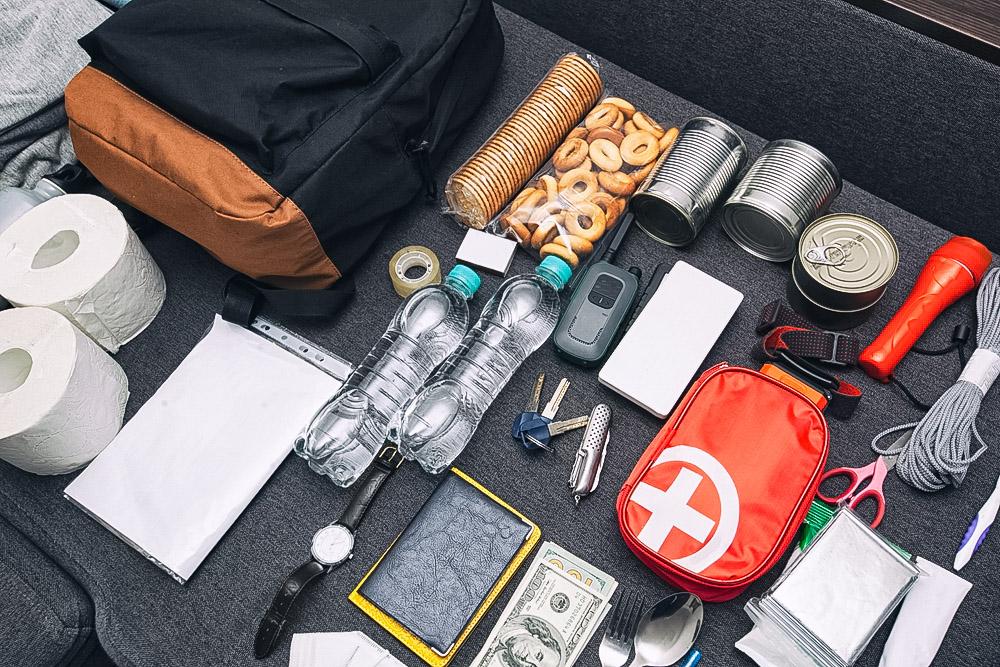On any given day throughout the year, student anglers are dropping lines in America’s plethora of lakes. Time spent out on the water might just pay off with a little bit of imagination, a little bit of expertise, and a little bit of luck. For many of them, the fundamental purpose is to catch a bass of the large or small mouthed species, learning tricks of the trade that might make payday if they qualify at their state championship.
In the last two decades, fishing has become one of the fastest growing movements for youth. The Student Angler Federation (SAF) is a grassroots fishing organization that The Bass Federation started in order to help bring awareness and education to the fishing sports. Parents and kids have been hooked on the sport ever since, with clubs forming in almost every state. What culminates as the end game each year is SAF’s championships—national and international—each summer for youth teams that qualify. Teams are made up of two youth anglers with one adult mentor in a boat, practicing and competing throughout the season.





